
16 Dec Ancestors- Newsletter- December 16, 2023
Contents
- 1 WHY TEXAS HAS A SUNSET RED OR PINK COLORED STATE CAPITOL
- 2 IN THE U.S. THE GUIDELINE IS THAT YOU CAN DONATE SPERM THAT COULD CREATE ALMOST 10,000 CHILDREN
- 3 MY ANCESTORS KNOW WHICH RUTLEDGE DID WHAT
- 4 SCANDAL AMONGST THE ANCESTORS IN EARLY PURITAN TIMES
- 5 HERE’S ME IN MY DICKENSONIAN ATTIRE RINGING THE BELL FOR THE SALVATION ARMY, WILL MY ANCESTORS BE IMPRESSED?
- 6 GETTING SURPRISES FROM YOUR DNA ANALYSIS ABOUT YOUR ANCESTORS
- 7 WHAT ABOUT YOUR ANCESTORS?
 WHY TEXAS HAS A SUNSET RED OR PINK COLORED STATE CAPITOL
WHY TEXAS HAS A SUNSET RED OR PINK COLORED STATE CAPITOL
Our ancestors might know, but we decided it was time to visit the capitol of our adopted state to get the answer.
Construction of the Italian Renaissance Revival–style capitol was funded by an article of the state constitution, adopted on February 15, 1876, which authorized the sale of public lands to pay for the capital.
In one of the largest barter transactions of recorded history, the builders of the capitol (John V. Farwell and Charles B. Farwell), known as the Capitol Syndicate, were paid with more than three million acres of public land in the Texas Panhandle; this tract later became the largest cattle ranch in the world, the XIT Ranch. The value of the land, combined with expenses, added to a total cost of $3.7 million for the original building. It was primarily constructed by convicts or migrant workers, as many as a thousand at once.
The designers originally planned that the building be clad entirely with hill country limestone quarried in Oatmanville (present-day Oak Hill), about 10 miles to the southwest. However, the high iron content of the limestone led it to discolor rapidly with rust stains when exposed to the elements. Learning of the problem, business partners George W. Lacy, Nimrod L. Norton, and William H. Westfall, who were the owners of Granite Mountain near Marble Falls, offered to donate to the state, free of charge, the necessary amount of sunset red (also known as pink) granite to sheathe the building. A new 2.3-mile spur of the Austin and Northwestern Railroad was constructed to transport the stone from Granite Mountain Quarry to the Austin train terminal. However, this new branch of the railway line had one fault: a bend in the tracks was a bit too sharp, and trains would occasionally derail, accidentally dumping some of the pink granite. Many fallen rocks remain in place and are a local point of interest. Oak Hill limestone comprises much of the Capitol, but most is hidden behind the walls or foundations. Granite Mountain red (or pink) granite was subsequently used for many state government buildings in the Austin area. The project’s 900 workers included 86 granite cutters brought from Scotland. Ancestors.
The cornerstone for the building was laid on March 2, 1885, Texas Independence Day, and the building was opened to the public on April 21, 1888, San Jacinto Day, before its completion. Texas State Senator Temple Houston officially dedicated the building on May 18, 1888. The dedication ceremony was marked by a weeklong celebration from May 14–19, 1888, that attracted nearly 20,000 visitors and included events such as military drill demonstrations, cattle roping, baseball games, German choral singing, and fireworks. Guests could purchase souvenirs such as pieces of red granite and copies of a song written by composer and pianist Leonora Rives-Diaz called the “State Capitol Grand Waltz”.
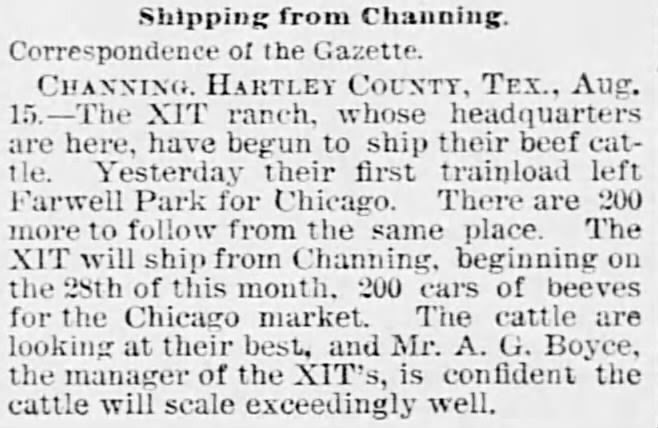
 IN THE U.S. THE GUIDELINE IS THAT YOU CAN DONATE SPERM THAT COULD CREATE ALMOST 10,000 CHILDREN
IN THE U.S. THE GUIDELINE IS THAT YOU CAN DONATE SPERM THAT COULD CREATE ALMOST 10,000 CHILDREN
Since we have clients that were born as a result of sperm donation, looking for their ancestors with the recent news on Colorado outlawing anonymous sperm donation, I was looking to write an article about the effects. I came across a chart by county that shows how much the donor is paid, the number of children by donor, and the allowed recipients of the donation.
In the U.S., no law limits the number of children per donor. However, there is a guideline of 25 children per 850,000 people. With the U.S. having 333 million people, I believe the math gets you shy of 10000 children per donor. Ancestors.
The chart does not translate well into a newsletter format, so I have provided a link below.
https://en.wikipedia.org/wiki/United_States
I also provided links to articles that Dancestors has run before on “The Children of Sperm Donors Want to Change the Rules of Conception” https://gem.godaddy.com/s/7f0f131 and “The Sperm Kings Have a Problem: Too Much Demand” https://gem.godaddy.com/s/1cc6d11
Here’s a link to a collection of letters showing people’s perspectives on ending donor anonymity.
Below is a 1945 article, which is the oldest I could find discussing sperm donors.
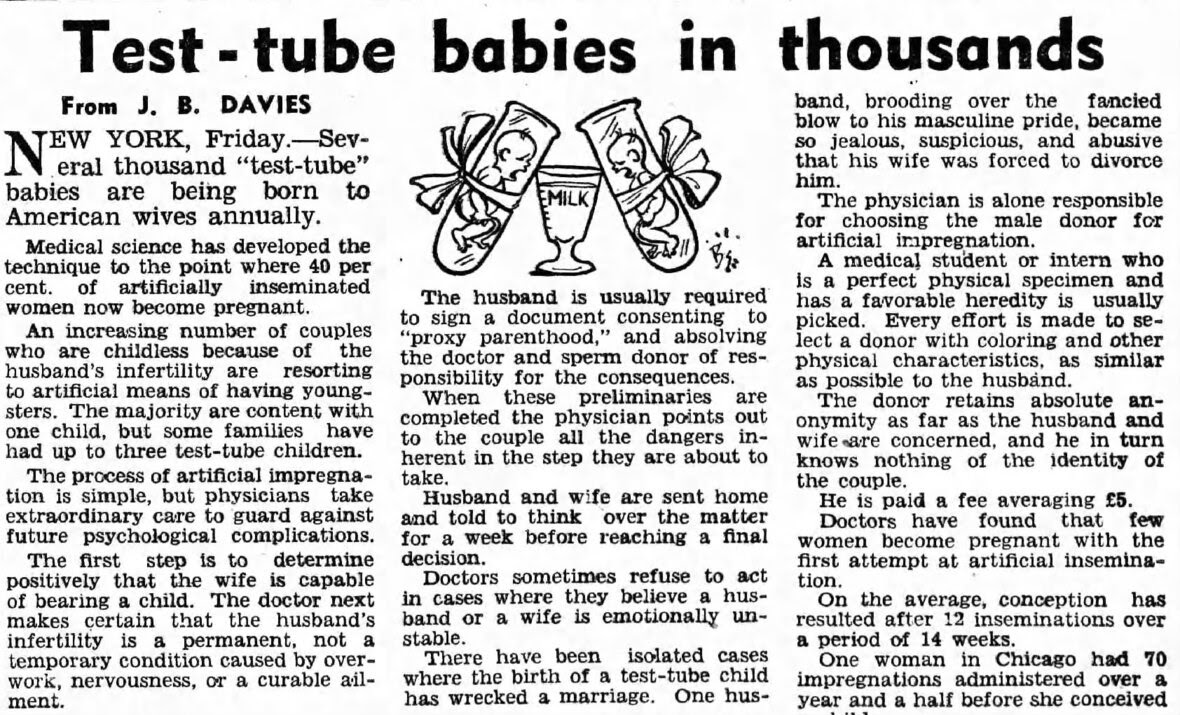

MY ANCESTORS KNOW WHICH RUTLEDGE DID WHAT
John Rutledge (1739 – 1800), above left, was an American Founding Father, politician, and jurist who served as one of the original associate justices of the Supreme Court and the second chief justice of the United States. Additionally, he served as the first president of South Carolina and later as its first governor after the Declaration of Independence was signed. On December 26, 1795, Rutledge attempted suicide by jumping off a wharf into Charleston Harbor. He was rescued by two slaves who saw him drowning. Ancestors.
His younger brother, Edward Rutledge (1749 – 1800), above right, was an American Founding Father and politician who signed the Continental Association and was the youngest signatory of the Declaration of Independence. He later served as the 39th governor of South Carolina. He was a leading citizen of Charleston. He owned more than 50 enslaved people. While attending an important meeting in Columbia, Governor Rutledge had to be sent home because of his gout. He died in Charleston before the end of his term. Some said at the time that he died from apoplexy resulting from hearing the news of George Washington’s death.
In 1774, the brothers were elected to the First Continental Congress. It is not known which brother did what in Congress; the records of the Congress refer only to “Rutledge”, though both John and his brother Edward Rutledge were present. The most important contribution made by “Rutledge” to Congress was during the debate on how to apportion votes in Congress. Some wanted votes to be apportioned by the population of the colonies. Others wanted to give each colony one vote. “Rutledge” observed that the Congress had no legal authority to force the colonies to accept its decisions, giving each colony one vote would make the most sense. The other delegates ultimately agreed to this proposal.
 SCANDAL AMONGST THE ANCESTORS IN EARLY PURITAN TIMES
SCANDAL AMONGST THE ANCESTORS IN EARLY PURITAN TIMES
Merrymount takes its name from the colony of Mare Mount, also known as Merry Mount or Merrymount. Colonist Thomas Morton wrote that the natives called the area “Passonagessit” and that the inhabitants translated this to “ma-re mount”. The colony, established in 1625, was officially named Mount Wollaston by the Puritan separatists. However, as Morton and other non-Puritans gained influence in the area, Merry Mount gained everyday use. In 1627, Morton and others erected a maypole and conducted a May Day Revel, inviting colonists and natives.
Plymouth Colony Governor William Bradford indicated that Morton and other English men at Merrymount had been “inviting the Indian [people] (both men and women), for their consorts, dancing and frisking together, (like so many fairies, or furies rather,) and worse practices.” Ancestors.
This reference inspired the Nathaniel Hawthorne short story “The May-Pole of Merry Mount.” The Puritan Separatists at Plymouth were scandalized and made concerted efforts to repress Morton and what they considered to be his pagan leanings. Finally, in 1630, with the arrival of Governor Winthrop and 900 more Puritans to what would become Boston, the combined Puritans were able to arrest and deport Morton, and the colony of Mount Wollaston/Merrymount was officially dissolved. In 1637, Morton published a book about his experience at Merrymount, where he indicated that English colonists may have had relationships with Indian women who bore children whose eyes “were gray.”
The land of the former colony was absorbed by Boston in 1634, then six years later made part of Braintree. The land was eventually sold to an ancestor of First Lady Abigail Adams and came to be owned by the Adams family. Prior to this point, the Merrymount area had been home to a substantial Native American population. In 1792, Braintree was divided into several smaller towns, and much of what was once Mount Wollaston was incorporated as the new town of Quincy.
Merrymount remained in the Adams’ possession until the early 20th century when it was sold off as housing lots. The development consisted mainly of single-family houses and was primarily completed in the post-World War II era. A contemporary account from that period describes Merrymount as “the nicest section of Quincy.”
 HERE’S ME IN MY DICKENSONIAN ATTIRE RINGING THE BELL FOR THE SALVATION ARMY, WILL MY ANCESTORS BE IMPRESSED?
HERE’S ME IN MY DICKENSONIAN ATTIRE RINGING THE BELL FOR THE SALVATION ARMY, WILL MY ANCESTORS BE IMPRESSED?
The Salvation Army was founded in London’s East End in 1865 by one-time Methodist Reform Church minister William Booth and his wife Catherine as the East London Christian Mission, and this name was used until 1878. The name “The Salvation Army” developed from an incident on May 19 and 20, 1878. William Booth was dictating a letter to his secretary, George Scott Railton, and said, “We are a volunteer army.” Bramwell Booth heard his father and said, “Volunteer! I’m no volunteer; I’m a regular!” Railton was instructed to cross out the word “volunteer” and substitute “salvation”. The Salvation Army was modeled after the military, with its flag (or colors) and hymns, often with words set to popular and folkloric tunes sung in the pubs. Booth and the other soldiers in “God’s Army” would wear the Army’s uniform for meetings and ministry work. He became the “General,” and his other ministers were given appropriate ranks as “officers”. Other members became “soldiers”.
In many countries, the Salvation Army is recognized during the Christmas season as its volunteers and employees stand outside of businesses and play/sing Christmas carols or ring bells to inspire passers-by to place donations of cash and checks inside red kettles. A tradition has developed in the United States in which, in some places, gold coins or rings or bundles of large bills are anonymously inserted into the kettles. This act was first recorded in 1982 in Crystal Lake, Illinois, a suburb of Chicago. Red kettles are used not only during Christmas but also throughout the year at other fundraising events, such as National Doughnut Day in the U.S. On this day, some doughnut shops that teamed up with the Salvation Army have a red kettle for donations. Each corps has a monetary goal chosen by the Divisional Headquarters, which differs based on size and capability.
My participation has been in support of the Mayor’s challenge (the mayor stands to my right) which our local town has led the red kettle fund-raising amongst our local cities. Ancestors.
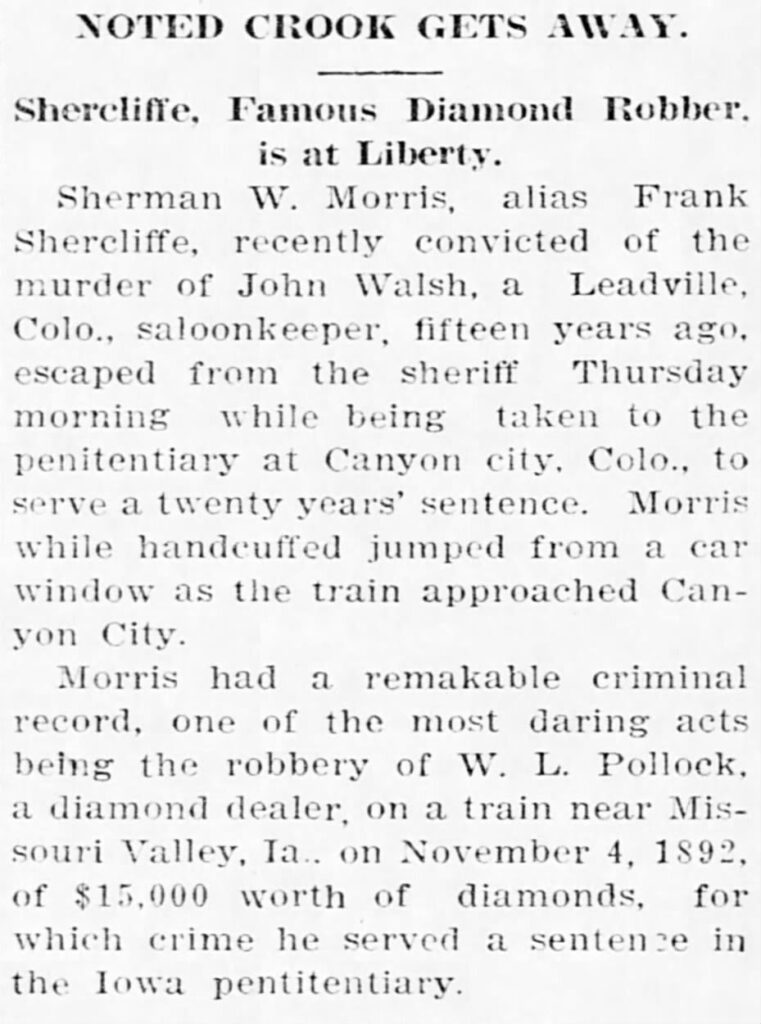

GETTING SURPRISES FROM YOUR DNA ANALYSIS ABOUT YOUR ANCESTORS
Obviously, a more serious matter, than the car cartoon above. We recently shared with our former and current DNA clients, who learned about their biological ancestors and are unsure how to process the news.
We sent out an introduction letter and a referral list for counseling resources. If you did not receive a copy but would like one let me know, and I will get the information to you.
 WHAT ABOUT YOUR ANCESTORS?
WHAT ABOUT YOUR ANCESTORS?
Reach out to Dancestors Genealogy genealogists to research, discover, and preserve your family history. No one is getting any younger, and stories disappear from memory every year and eventually from our potential ability to find them. Paper gets thrown in the trash; books survive! So do not hesitate and call me @ 214-914-3598.


 WHY TEXAS HAS A SUNSET RED OR PINK COLORED STATE CAPITOL
WHY TEXAS HAS A SUNSET RED OR PINK COLORED STATE CAPITOL IN THE U.S. THE GUIDELINE IS THAT YOU CAN DONATE SPERM THAT COULD CREATE ALMOST 10,000 CHILDREN
IN THE U.S. THE GUIDELINE IS THAT YOU CAN DONATE SPERM THAT COULD CREATE ALMOST 10,000 CHILDREN
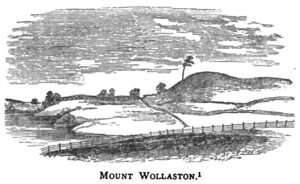 SCANDAL AMONGST THE ANCESTORS IN EARLY PURITAN TIMES
SCANDAL AMONGST THE ANCESTORS IN EARLY PURITAN TIMES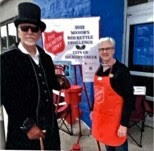 HERE’S ME IN MY DICKENSONIAN ATTIRE RINGING THE BELL FOR THE SALVATION ARMY, WILL MY ANCESTORS BE IMPRESSED?
HERE’S ME IN MY DICKENSONIAN ATTIRE RINGING THE BELL FOR THE SALVATION ARMY, WILL MY ANCESTORS BE IMPRESSED?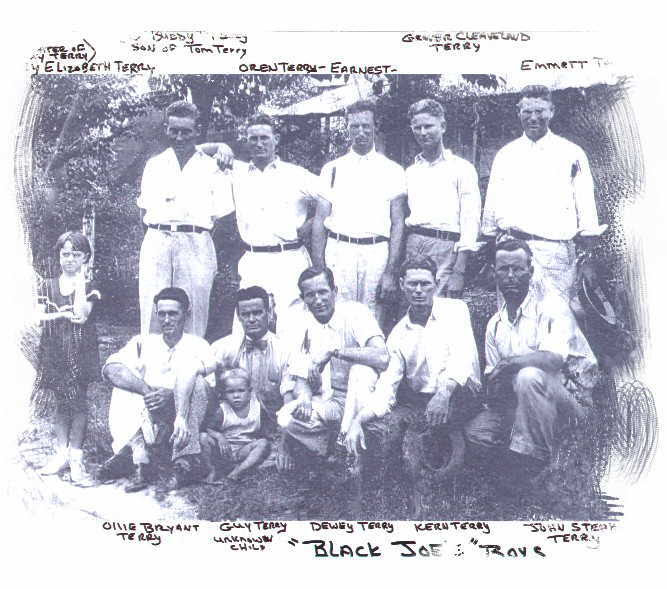 WHAT ABOUT YOUR ANCESTORS?
WHAT ABOUT YOUR ANCESTORS?